The islands of Hawai‘i might be the most exotic place in the United States. Especially when compared to the rest of the U.S.—you can’t get much further from familiar territory. One of the questions I get asked the most about traveling to the Hawaiian Islands is “Where should I stay?”. My answer is almost always “Well…that depends”. From an outside perspective, each island must be pretty similar, right? Not exactly. Essentially, each of the four main islands of Hawai‘i are their own county (Maui also includes the neighbor islands of Moloka‘i and Lana‘i), and each has its own characteristics. What’s more, each island has different regions that also make for different terrain, opportunities and experiences for the would-be traveler. Over the next few blogs I’d like to talk about each island, the pros and cons of the different regions and give some of my top recommendations for places to stay at each. We’re starting in the west and working our way east, so that means first up is Kaua‘i.
East Shore Kaua‘i
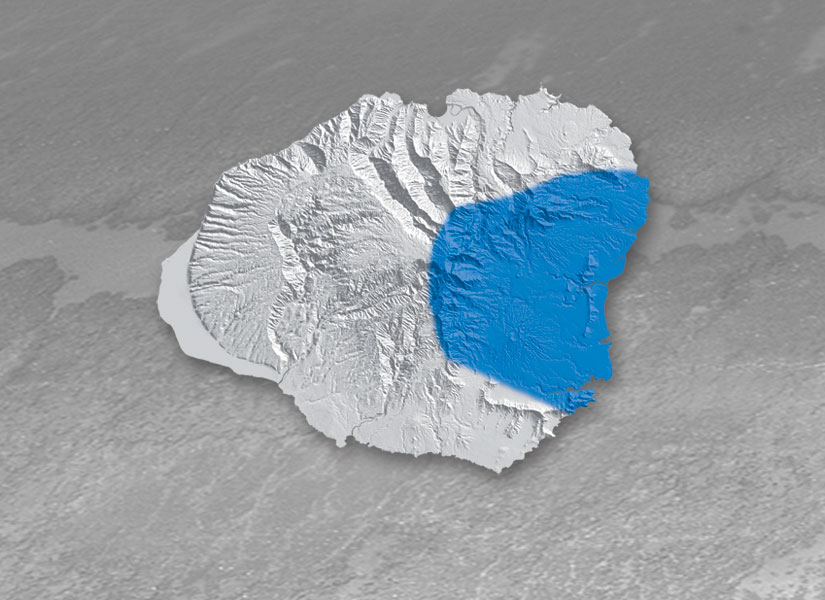 Kaua‘i’s East Shore is part of the windward side of the island. This means that the trade winds regularly make things breezy in this area (at least in the afternoon hours), bringing tropical rain with it most nights. There’s always a chance of rain but most showers are light and brief—just enough to keep things looking green and tropical. The major towns are Lihu‘e (where the airport and county seat are) and Kapa‘a, plus several smaller communities in between and around.
Kaua‘i’s East Shore is part of the windward side of the island. This means that the trade winds regularly make things breezy in this area (at least in the afternoon hours), bringing tropical rain with it most nights. There’s always a chance of rain but most showers are light and brief—just enough to keep things looking green and tropical. The major towns are Lihu‘e (where the airport and county seat are) and Kapa‘a, plus several smaller communities in between and around.
This area is where the majority of the island’s population resides and has the widest range of dining options. If you’re looking spend a lot of time exploring the island, the East Shore is the most convenient place for a home base. There’s some great hiking that’s easily accessed, and there’s a shoreline bike path in Kapa’a that is easily one of the best in the state. Since it’s more beach towns and working communities, it’s not as touristy feeling along Kaua‘i’s East Shore.
However, as nice as this area is, it’s not without some drawbacks. The “large” population (I’m talking relative to other areas of the island) paired with only one road in and out of the area means traffic can be an issue—especially during the morning commute and pau hana (end of the work day). While the beaches are nice, they aren’t in the same league as other areas of the island. Being windward means more rain and more runoff, meaning less visibility in the water. (This is another relative thing—the water’s usually still more clear than most any beach you’ll find on the mainland.) There’s a number great hotel and condo options, but if you’re looking for the full resort experience, you might not be as impressed.
Here’s a couple of my top picks for places to stay for the East Shore of Kaua‘i.
North Shore Kaua‘i
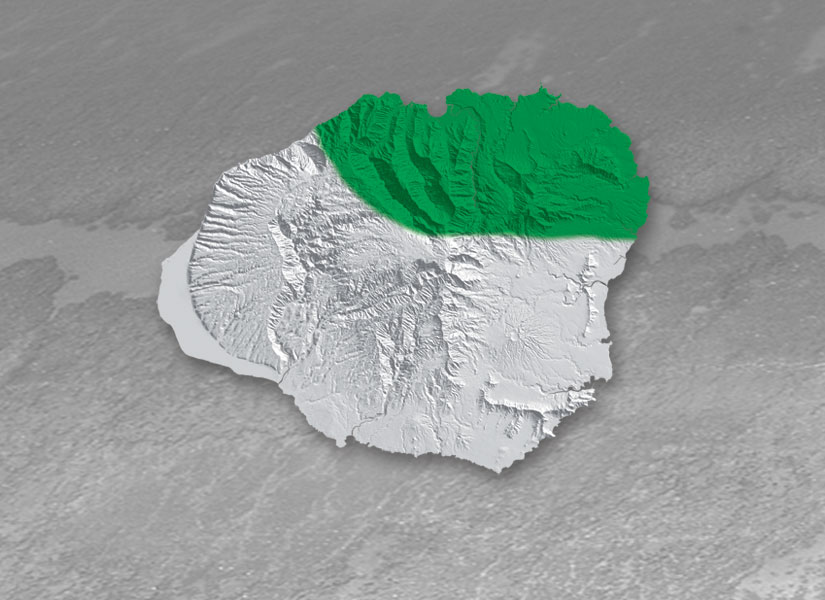 Kaua‘i’s North Shore… where lushness takes on a whole new meaning. Every shade of green imaginable is represented in its myriad plant life. Its beaches are exquisite and its mountains unmatched in their sheer majesty. After a heavy rain, you will literally be unable to count the number of waterfalls etched into the sides of the north shore mountains. The major towns here are Kilauea, Princeville and Hanalei, though there are many smaller communities around and between these towns.
Kaua‘i’s North Shore… where lushness takes on a whole new meaning. Every shade of green imaginable is represented in its myriad plant life. Its beaches are exquisite and its mountains unmatched in their sheer majesty. After a heavy rain, you will literally be unable to count the number of waterfalls etched into the sides of the north shore mountains. The major towns here are Kilauea, Princeville and Hanalei, though there are many smaller communities around and between these towns.
The pros of choosing this area as the place to spend your Kaua‘i vacation are easy to see. This is one of the most beautiful areas in all the state. You’ll find a good mix of (very pricey) resort options, as well as smaller (and also pricey) condos and bed and breakfasts. While this is the windward side and can have some of the same issues with rain and runoff that the East Shore has, the overall scenery and vibe more than make up for any inconvenience. There’s hiking opportunities, unique shopping and a good range of restaurants. (In case you were wondering, those tend to be pricey, too.) If you’re visiting in summertime, you can also book a boat tour of famous Napali Coast from here—a definite bucket list activity.
If you’re got the means to enjoy the North Shore, there’s not much downside to staying here. If you’re on a budget, this place will wreck it. It’s not very convenient if you’re hoping to explore the whole island during your trip, plus you might be too content to want to explore anywhere else. Wintertime brings big surf to the area, and many of the beaches essentially become off-limits during the really big swells. (It can be really cool to see the monster surf, it’s just you’ll only be enjoying it from a safe distance.)
Here’s a couple of my top picks for places to stay on the North Shore of Kaua‘i.
South Shore Kaua‘i
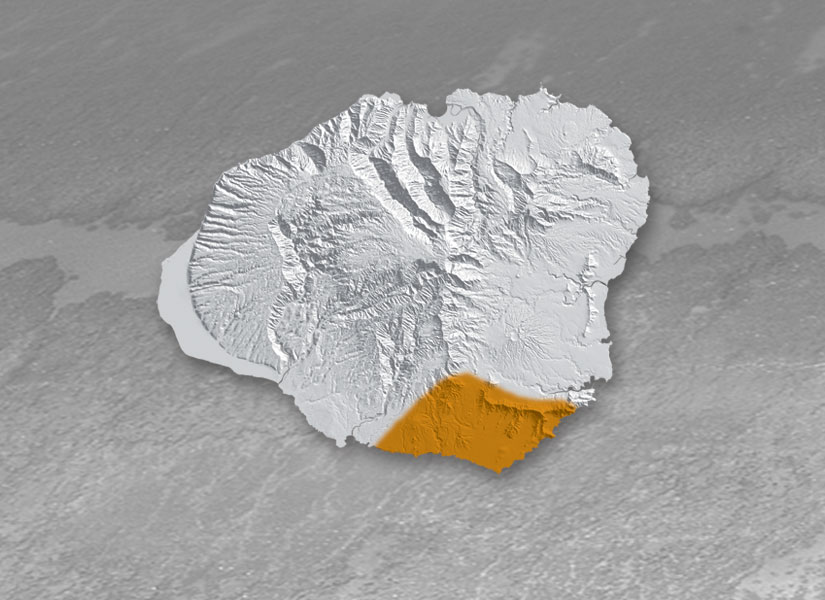
The sunny South Shore… where rainfall is less frequent, and sunshine is abundant. Many people prefer the sunnier quality of the south shore to the lushness of the north shore. Fortunately, you can have it all. The main towns here are Koloa and Po‘ipu, with a smattering of other smaller communities around them. This is probably the premier destination for most visitors to Kaua‘i. You’ll find the widest range of accommodations here, plus plenty of dining options. It’s not as pricey as the North Shore, but your mileage may vary depending on your tastes.
Why choose the South Shore of Kaua‘i? The weather and the beaches. This area straddles the windward and leeward parts of the island, so winds are as prevalent and the relative lack of rain means the ocean is crystal clear as long as the surf isn’t up. You’ll find a pretty good range of activities and sights, too. For a resort area and tourist destination, you can find surprisingly good deals on dining, as well as really nice restaurants if you’re looking to splurge. It’s not as convenient for exploring the island as the East Shore, but it’s the next best spot if you’re looking to see more than your hotel.
The downsides to staying on the South Shore are few. There’s good reason this is the most popular destination on Kaua‘i. Probably the biggest drawback is also its asset—the weather. It can get hot in the summertime, which is also the time of year that surf trends bigger on the South Shore. While the waves don’t get as big as they do in wintertime for the North Shore, if you’re timid in the ocean it might limit your time in the ocean and cool down options. That being said, it’s fairly rare for the ocean conditions on the South Shore to be bad enough to deter you from going in.
Here’s a couple of my top picks for places to stay on the South Shore of Kaua‘i.
Grand Hyatt Kaua‘i Resort & Spa
West Shore Kaua‘i
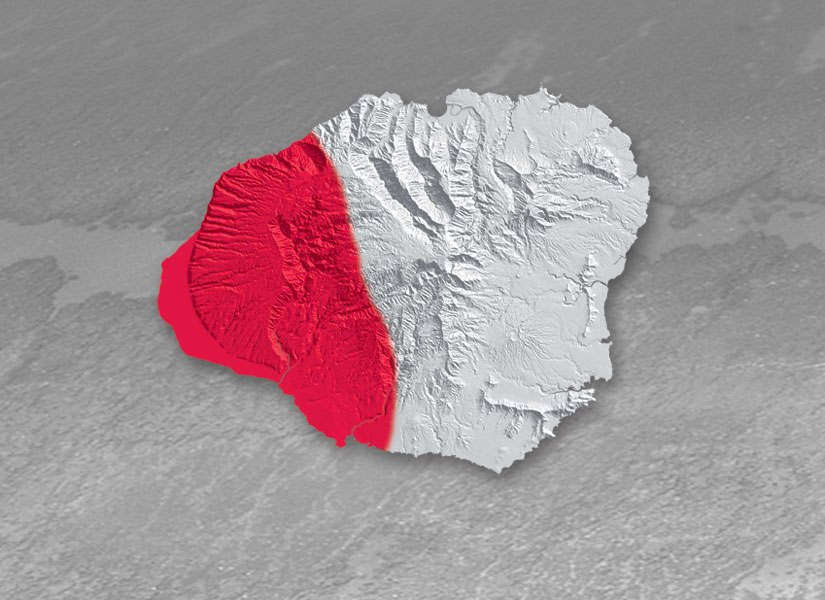 If the south shore is called the sunny south shore, western Kaua‘i should be called the very sunny west shore. That’s because rain is very scant indeed, and the temperature is 3 to 4 degrees hotter than most of the rest of the island. The first two things visitors notice on this side of the island are the relative aridity of the land and the red color of the soil. Trade winds coming from the northeast lose the bulk of their rain on Mount Wai‘ale‘ale, creating a rain shadow on the west side. Unless there are Kona winds (meaning from the south or west), you can pretty much be assured that it will be dry and sunny on the west side. The red dirt is especially vibrant because of the high iron content of our volcanic soil. This combined with lots of moisture and time has made the iron oxidize. The soil is literally rusty. This part of the island has few towns—just Hanapepe and Waimea, with a handful of smaller communities in between. Instead of population centers, the West Shore is dominated by two attractions: the 12.5-mile-long sand beach stretching from Waimea to Polihale and the incredible Waimea Canyon in the interior.
If the south shore is called the sunny south shore, western Kaua‘i should be called the very sunny west shore. That’s because rain is very scant indeed, and the temperature is 3 to 4 degrees hotter than most of the rest of the island. The first two things visitors notice on this side of the island are the relative aridity of the land and the red color of the soil. Trade winds coming from the northeast lose the bulk of their rain on Mount Wai‘ale‘ale, creating a rain shadow on the west side. Unless there are Kona winds (meaning from the south or west), you can pretty much be assured that it will be dry and sunny on the west side. The red dirt is especially vibrant because of the high iron content of our volcanic soil. This combined with lots of moisture and time has made the iron oxidize. The soil is literally rusty. This part of the island has few towns—just Hanapepe and Waimea, with a handful of smaller communities in between. Instead of population centers, the West Shore is dominated by two attractions: the 12.5-mile-long sand beach stretching from Waimea to Polihale and the incredible Waimea Canyon in the interior.
If you’re looking to have a very different Hawaii experience than the average visitor, the West Shore might intrigue you. There’s no resorts, relatively few dining options and a generally drier and more arid feel to most of the area. For some people, that’s an attraction in and of itself. As mentioned above, this area also puts you in a prime spot for exploring a very unique part of Hawaii—Waimea Canyon. Waimea Canyon has been called “The Grand Canyon of the Pacific” and it really is worth a visit even if you’re not staying on the West Shore. Waimea Canyon also leads to Koke‘e State Park which has camping, cabins and the most rewarding hikes on the island. If outdoor adventures are your thing, you may want to consider spending more than a day in this area.
The downsides of staying on the West Shore? Just read the previous paragraphs. If you came to Kaua‘i for resorts, poolside mai tais and fine dining, this area probably won’t be anything you’d write home about. As amazing as the beaches are visually, they tend to experience strong currents and are more exposed to the open ocean than other areas of the island. While there are dining options, you’ll probably end up driving back toward Po‘ipu and Koloa to find more options. Lastly, though it’s less expensive to stay out this way, it’s not necessarily enough to justify being so remote from other parts of the island.
Here’s a couple of my top picks for places to stay on the West Shore of Kaua‘i.
Inn Waimea aka West Kauai Lodging
Boat Tours
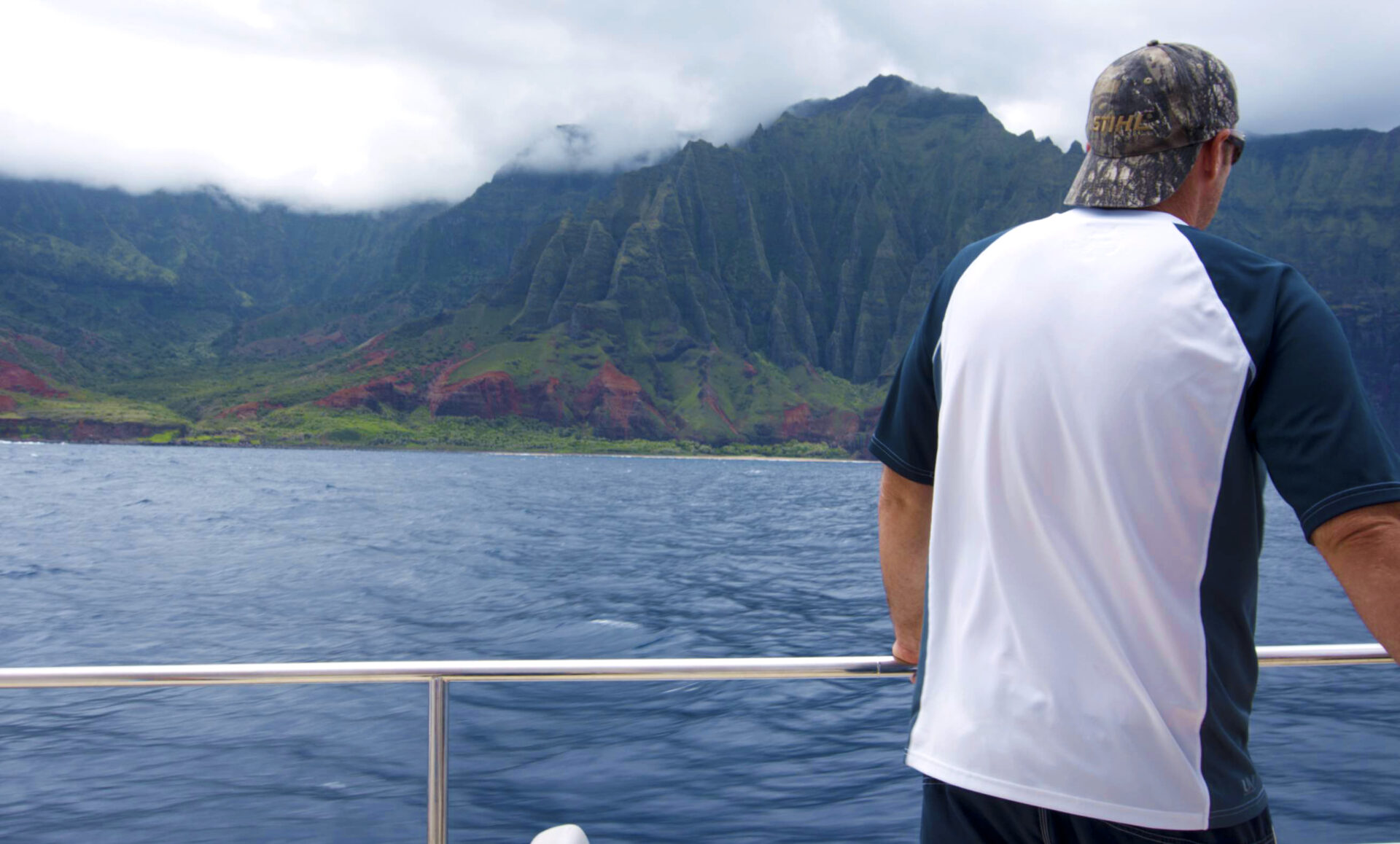
Makana Charters
Makana Charters offers a variety of boat tours with their fleet of power catamarans. They use a 32-foot power cat for 12 people, a 49-foot power cat for up to 32 people, a 47-foot Seiko that holds 36 people (great for those prone to seasickness), and a 34-foot Seiko for 16 people. The tours are relaxed and personable, offering a more intimate experience compared to other tours that can be more crowded.
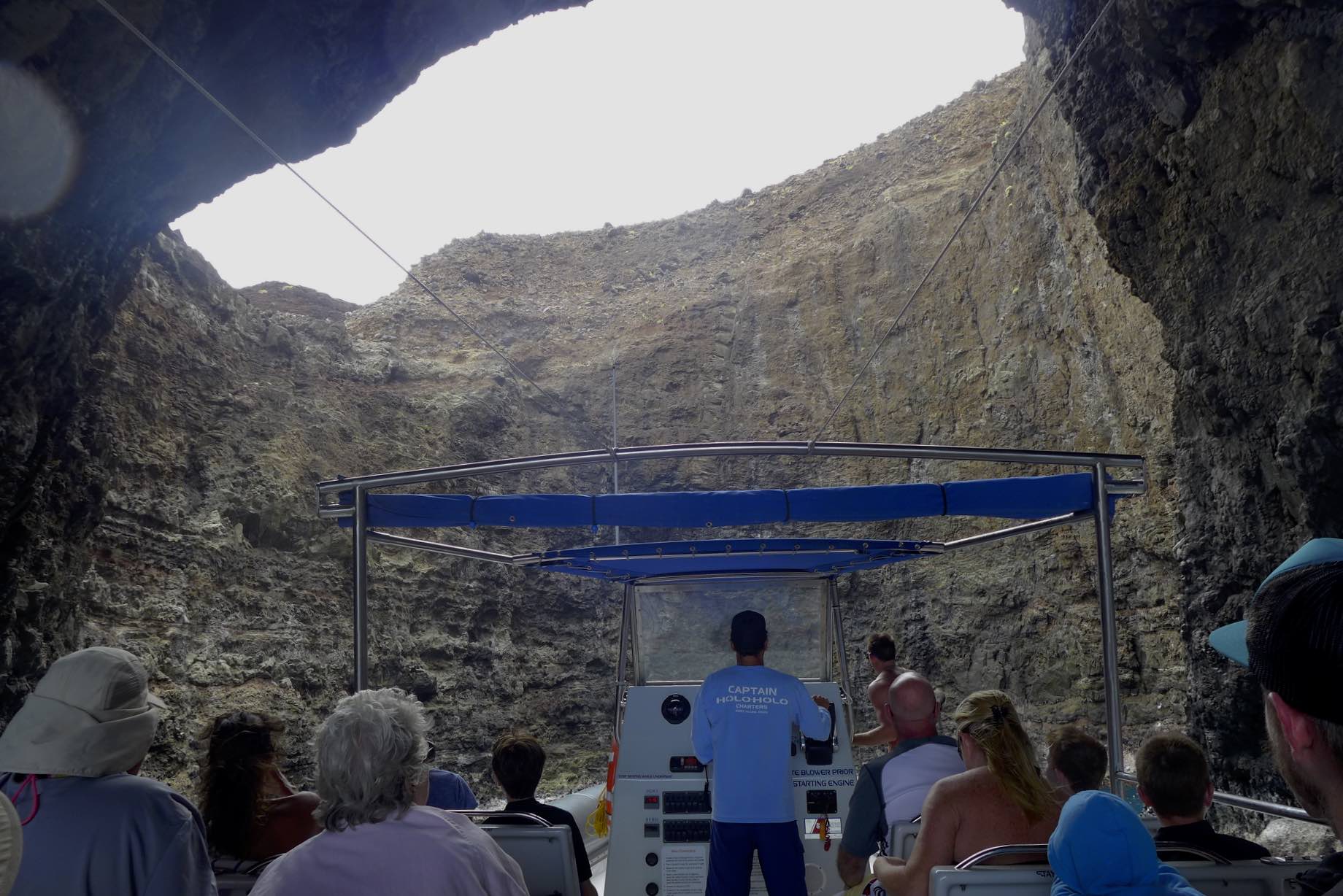
Holo Holo Charters
Holo Holo Charters offers a 65-foot power catamaran for their tours. Their standout trip is a 7-hour tour to the “forbidden” island of Ni‘ihau. The tour includes a visit to Kalalau Beach on Na Pali, then snorkeling at Ni‘ihau, known for its clear waters and abundant fish.

0 Comments